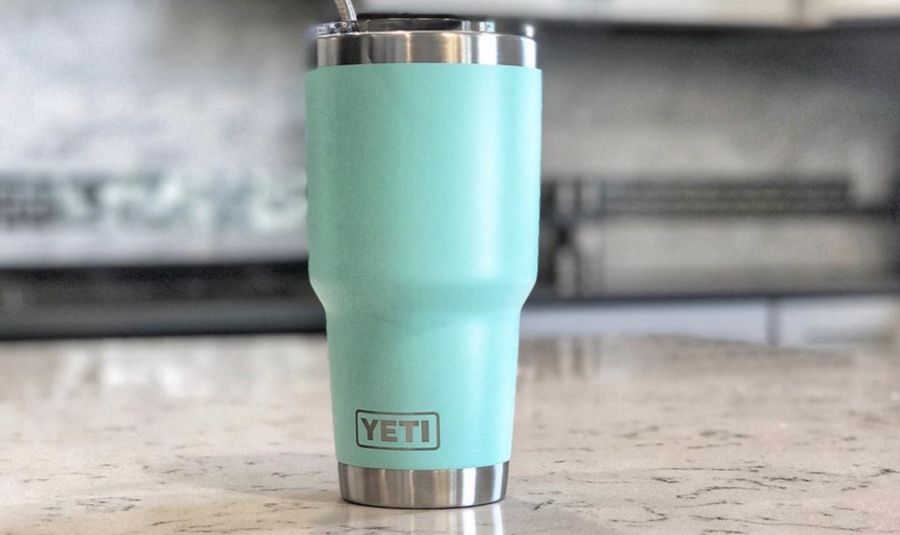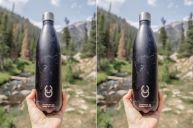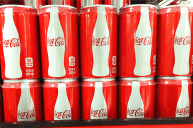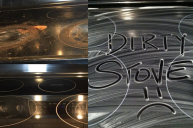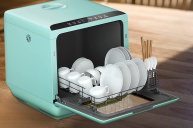Reusable water bottles are environmentally friendly, save you money and keep you hydrated. What's not to love? Well, if you haven't been cleaning it regularly... then the flourishing colony bacteria growing all over your bottle. Like dinner plates, coffee mugs, salad bowls, wine glasses, and anything else you eat or drink from, you should clean your reusable water bottles regularly.
Videos by Wide Open Country
Specialists recommend washing your water bottle every day and after every use. Bacteria thrive in moist, dark environments; even trace amounts of water are enough for bacteria to develop and anyone who does regular cleanings of their bottles, whether they're plastic bottles or metal bottles, knows that it can be a hassle.
Why Should You Clean Your Water Bottle Regularly?
Before stumbling upon this enlightening article, you may have thought that regularly cleaning your stainless steel water bottles or plastic water bottles was overkill. After all, it's only water. You refill and rinse your reusable bottles all the time, never leaving standing water in it for a long time. That's pretty much the same as washing it in soapy water, isn't it? As it turns out, rinsing and washing your water bottle effectively are two very different things.
Bacteria like to reside in damp and dark places, which makes the partially empty water bottle at the bottom of your gym bag an ideal breeding ground. During a recent study, researchers found an average of 300,000 bacteria cells per square inch in water bottles after one week without cleaning.
To give you some perspective, here are the average bacteria counts of other household items we bet you wouldn't want to drink from:
-
Toothbrush holder: 331,848 bacteria cells per square inch
-
Dog's water bowl: 47,383 bacteria cells per square inch
-
Kitchen sink: 3,191 bacteria cells per square inch
Most of this bacteria non-pathogenic and totally harmless, experts say. But even if it's not making you sick, it is kinda gross.
What types of water bottle should you buy?
The same study we referenced above showed some bottle styles are more conducive to bacteria growth that others—something to keep in mind when purchasing a new bottle.
It doesn't necessarily deal with the material of your reusable bottles. Glass bottles grew bacteria, plastic ones grew bacteria, opaque travel mugs, and aluminum bottles, too. What a cleaning expert wants us to take away from this is that bacteria will grow wherever it pleases.
After one week of not being cleaned, these water bottles had the fewest bacteria cells per square inch:
Slide top water bottle: 933,340 bacteria cells per square inch
Squeeze top water bottle: 161,971 bacteria cells per square inch
Screwtop water bottle: 159,060bacteria cells per square inch
Straw top water bottle: 25.4 bacteria cells per square inch
Notably, the study found that straw top bottles kept cleanest. After a week of not being cleaned, straw top water bottles had a dramatically lower bacteria count on average—only 25.4 per square inch, compared to the hundreds of thousands found in other varieties of water bottles.
How Should You Clean Your Water Bottle?
To banish bacteria like a water bottle-cleaning whizz, here are some powerful cleaning methods.
With good old fashioned soap and water.
Cleaning your bottle with warm water and soap every night is effective, easy, and cheap. We recommend cleaning in the evening so your bottle can air-dry overnight.
With white vinegar.
Fill your bottle with a 1/5 white vinegar and 4/5 water mix. Let it sit overnight and rinse thoroughly in the morning with hot water. To ensure you end up with a truly clean bottle, you can add a dash of baking soda.
Run the dishwasher.
If you've got a dishwasher-safe bottle, throw it in with the dishes whenever you're running a load.
Buy a special kit.
Purchase a dedicated bottle-cleaning kit. This kit includes a long bottle brush for getting into hard-to-reach grooves or contours in your bottle. You can also buy special cleaning tablets designed to clean your bottle quickly with a few shakes.
Ultimately, regardless of how you clean it, ensuring your water bottle dries completely before you refill it is always the most important step. Try using two or three water bottles in a rotation to ensure each has time to be thoroughly cleaned.
This post was originally published on September 7, 2018.
